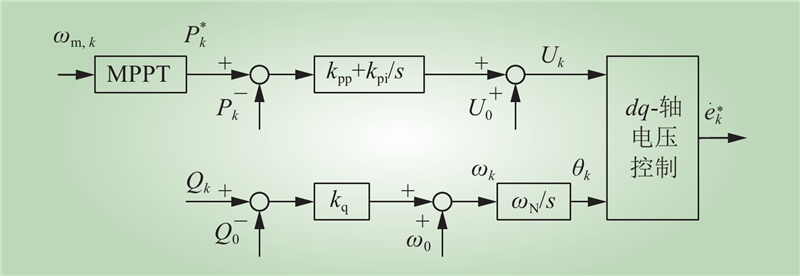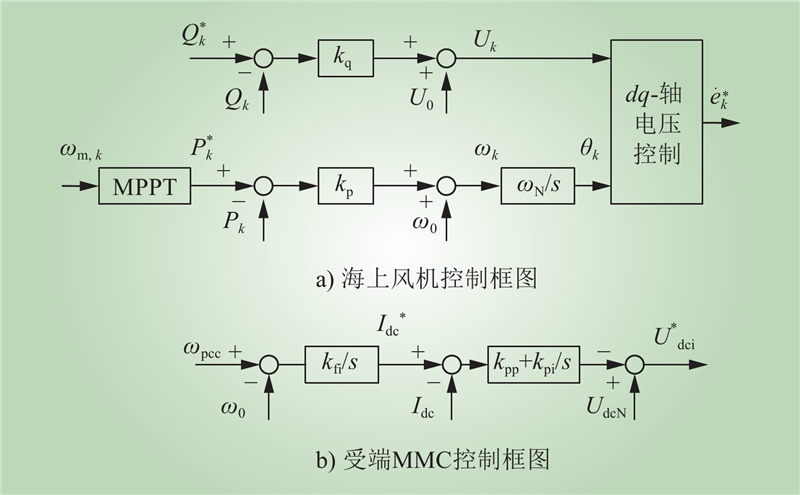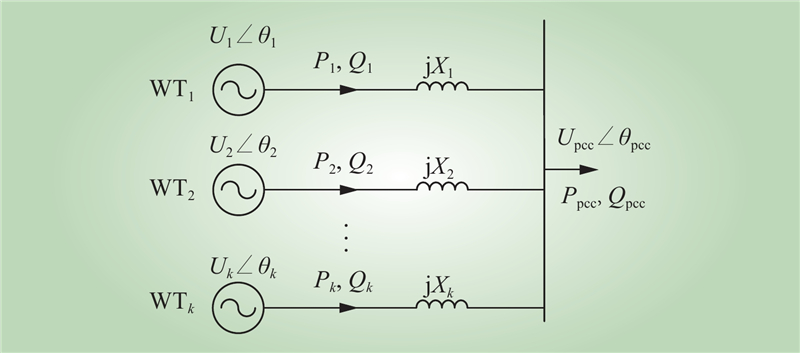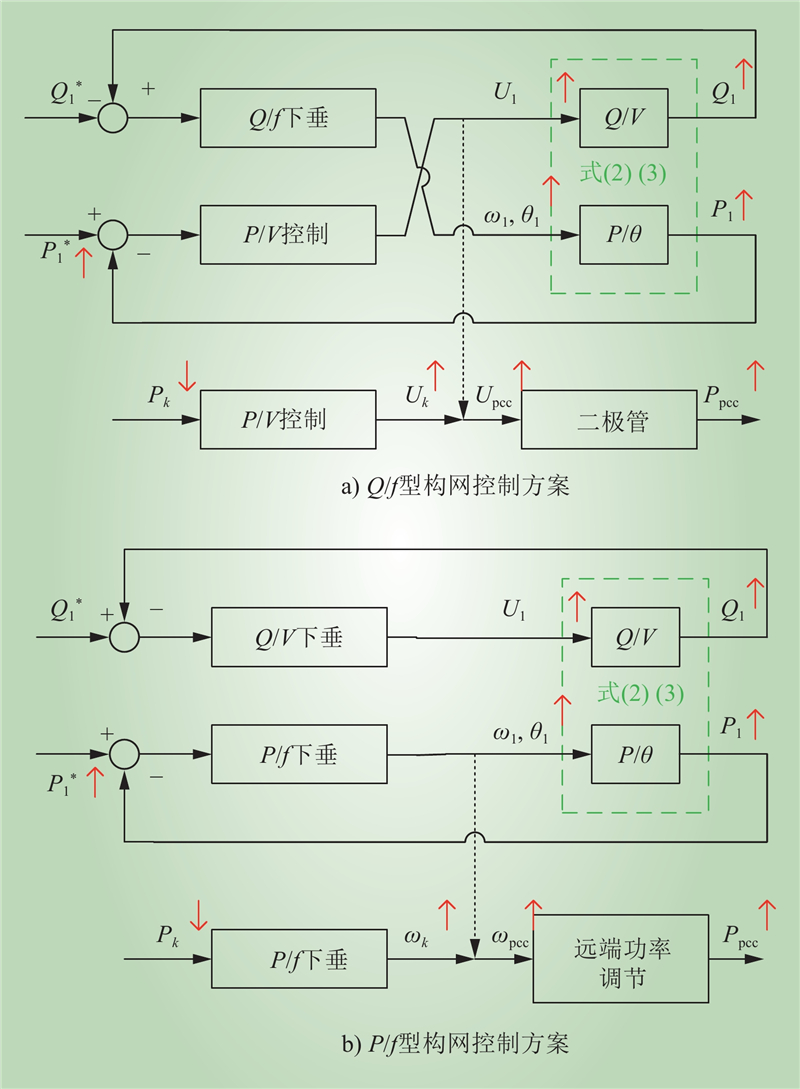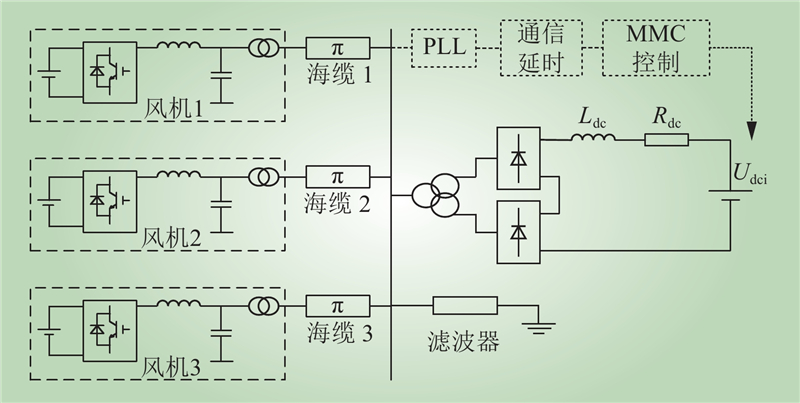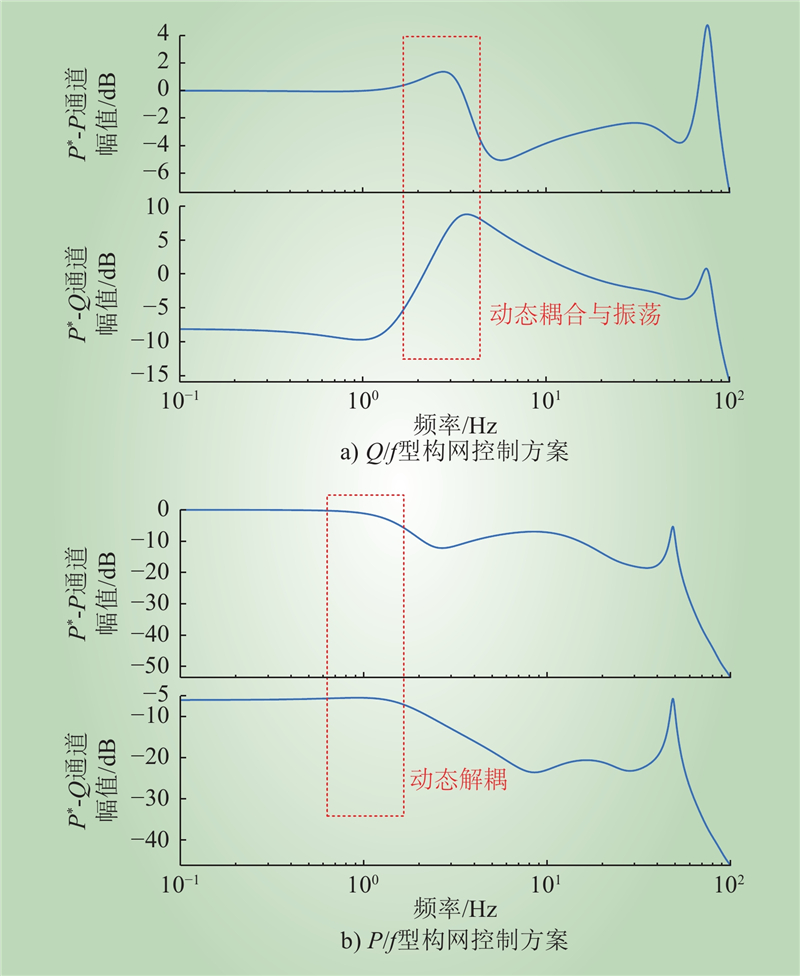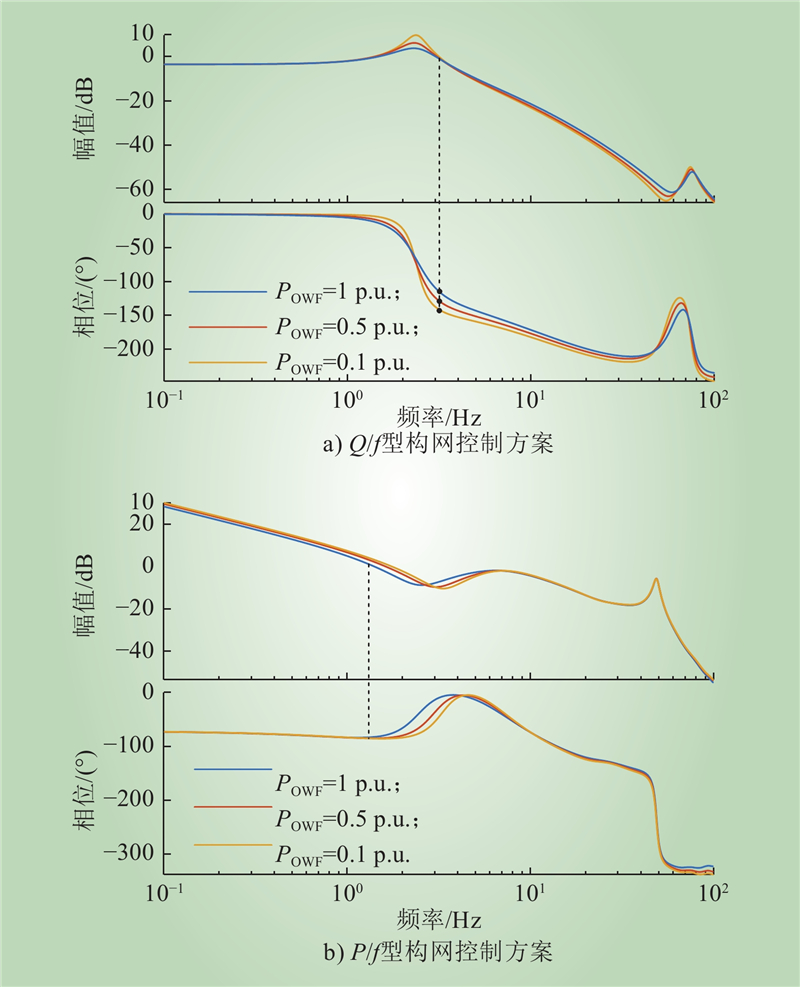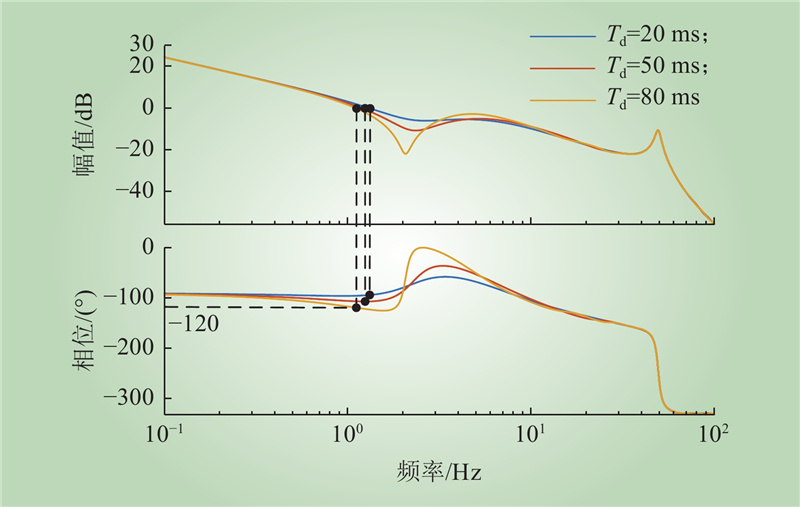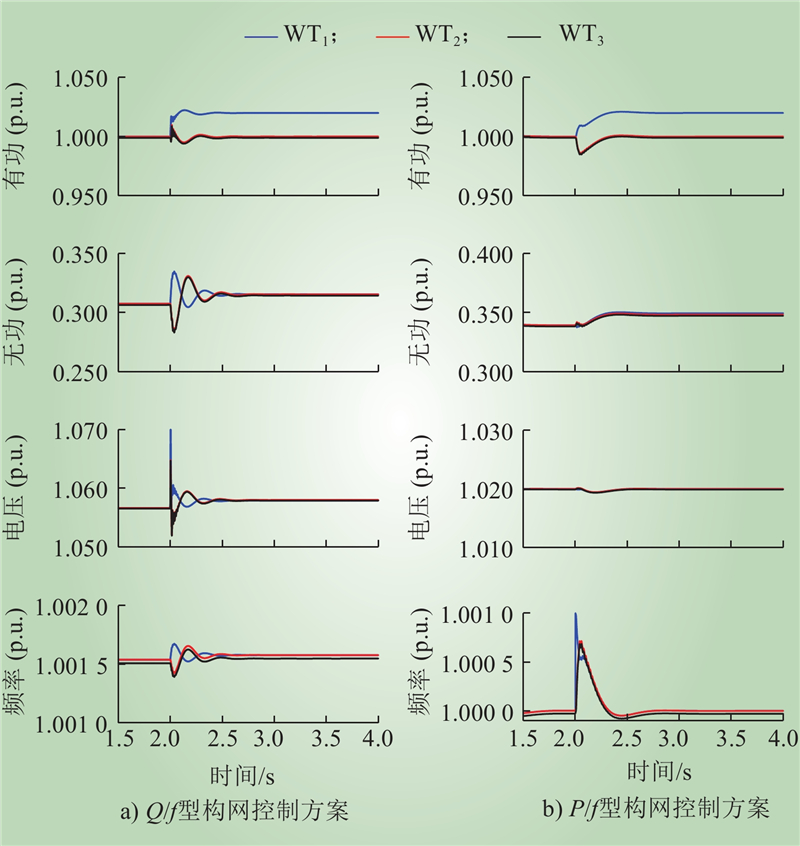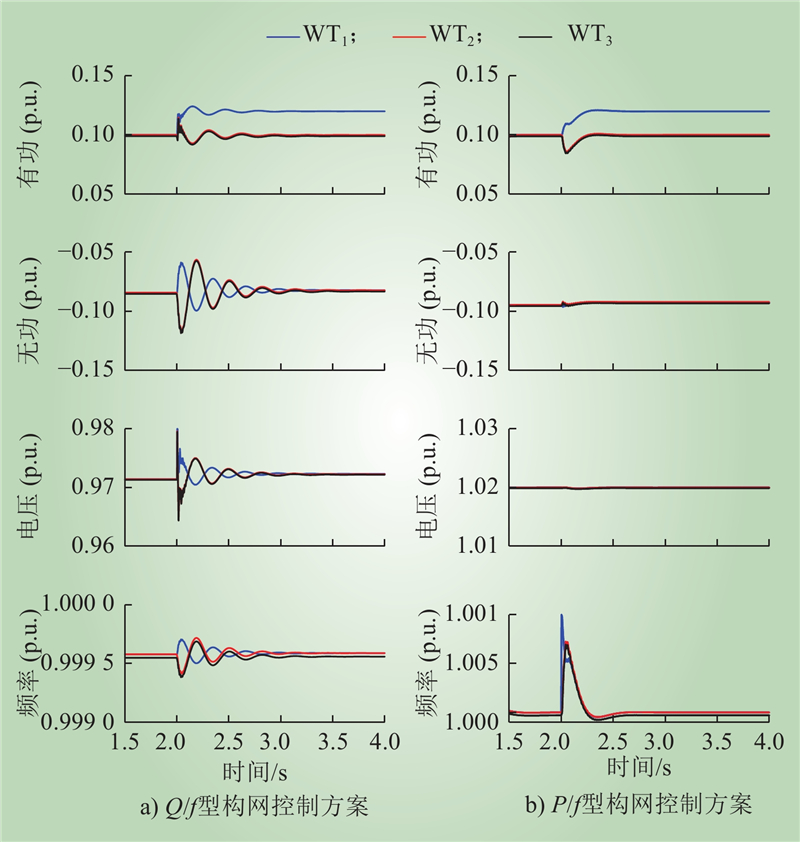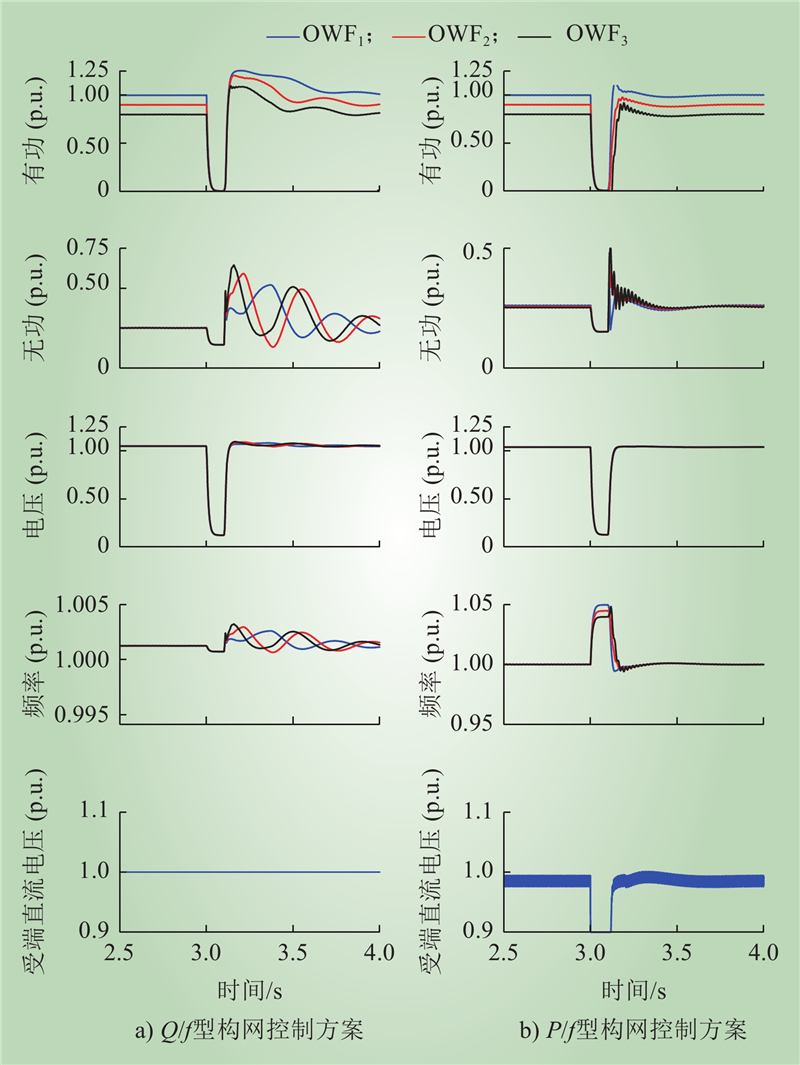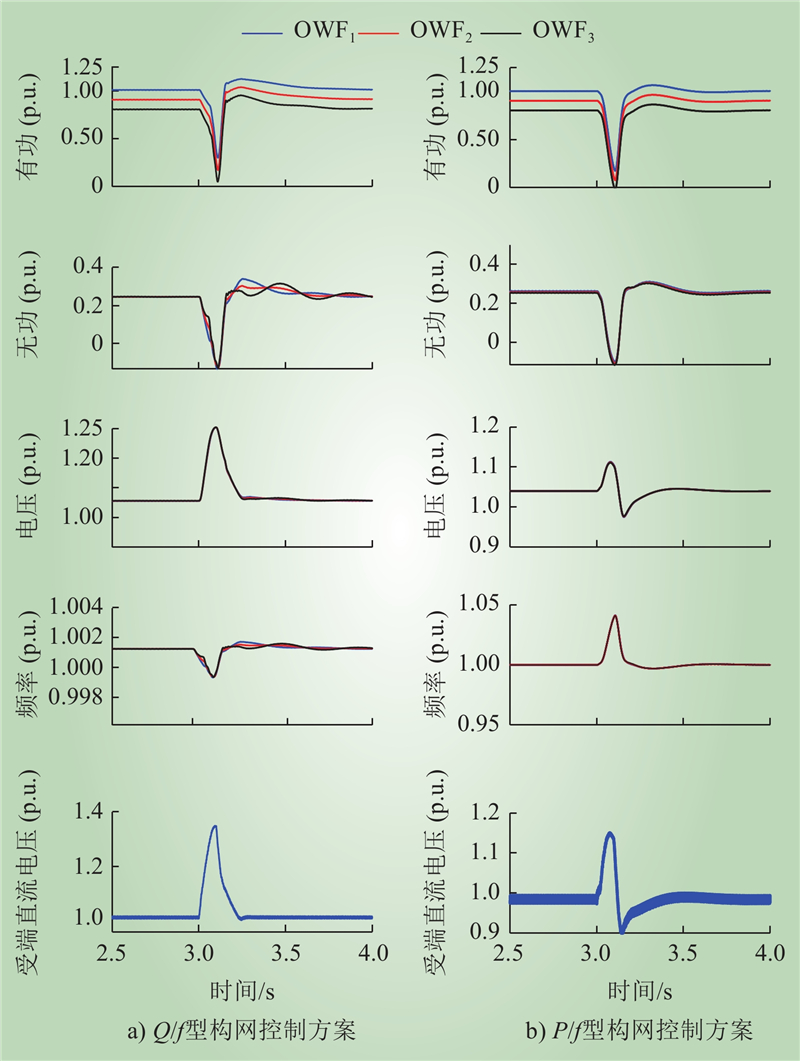| 1 |
PAN E S, YUE B, LI X, et al. Integration technology and practice for long-distance offshore wind power in China[J]. Energy Conversion and Economics, 2020, 1 (1): 4- 19.
DOI
|
| 2 |
LI Z X, SONG Q, AN F, et al. Review on DC transmission systems for integrating large-scale offshore wind farms[J]. Energy Conversion and Economics, 2021, 2 (1): 1- 14.
DOI
|
| 3 |
SONG Q, YANG W B, ZHAO B, et al. Low-capacitance modular multilevel converter operating with high capacitor voltage ripples[J]. IEEE Transactions on Industrial Electronics, 2019, 66 (10): 7456- 7467.
DOI
|
| 4 |
罗澍忻, 韩应生, 余浩, 等. 构网型控制在提升高比例新能源并网系统振荡稳定性中的应用[J]. 南方电网技术, 2023, 17 (5): 39- 48.
|
|
LUO Shuxin, HAN Yingsheng, YU Hao, et al. Application of grid-forming control in improving the oscillation stability of power systems with high proportion renewable energy integration[J]. Southern Power System Technology, 2023, 17 (5): 39- 48.
|
| 5 |
BLASCO-GIMENEZ R, AÑÓ-VILLALBA S, RODRÍGUEZ-D’DERLÉE J, et al. Distributed voltage and frequency control of offshore wind farms connected with a diode-based HVDC link[J]. IEEE Transactions on Power Electronics, 2010, 25 (12): 3095- 3105.
|
| 6 |
BLASCO-GIMENEZ R, ANÓ-VILLALBA S, RODRIGUEZ-D’DERLÉE J, et al. Diode-based HVdc link for the connection of large offshore wind farms[J]. IEEE Transactions on Energy Conversion, 2011, 26 (2): 615- 626.
DOI
|
| 7 |
MENKE P, ZUROWSKI R, CHRIST T, et al. 2nd generation DC grid access for large scale offshore wind farms[C]//14th Wind Integration Workshop, October 20-22, 2015, Brussels, Belgium.
|
| 8 |
俞露杰, 付子玉, 朱介北, 等. 远海风电DRU-HVDC送出系统构网控制与启动方法综述[J]. 电力系统自动化, 2023, 47 (24): 63- 79.
DOI
|
|
YU Lujie, FU Ziyu, ZHU Jiebei, et al. Review on grid-forming control and start-up method of diode-rectifier-unit based HVDC transmission system for remote offshore wind farm[J]. Automation of Electric Power Systems, 2023, 47 (24): 63- 79.
DOI
|
| 9 |
PRIGNITZ C, ECKEL H G, ACHENBACH S, et al. FixReF: a control strategy for offshore wind farms with different wind turbine types and diode rectifier HVDC transmission[C]//2016 IEEE 7th International Symposium on Power Electronics for Distributed Generation Systems (PEDG). Vancouver, BC, Canada. IEEE, 2016: 1–7.
|
| 10 |
丰力, 张莲梅, 韦家佳, 等. 基于全生命周期经济评估的海上风电发展与思考[J]. 中国电力, 2024, 57 (9): 80- 93.
|
|
FENG Li, ZHANG Lianmei, WEI Jiajia, et al. Development & thinking of offshore wind power based on life cycle economic evaluation[J]. Electric Power, 2024, 57 (9): 80- 93.
|
| 11 |
胡小康, 王中权, 綦晓, 等. 考虑最低惯量需求的海上风电与海岛微网频率交互控制策略[J]. 南方电网技术, 2023, 17 (5): 80- 90.
|
|
HU Xiaokang , WANG Zhongquan , QI Xiao, et al. Interaction Frequency regulation strategy between offshore wind farm and island microgrids considering minimum inertia requirement[J]. Southern Power System Technology, 2023, 17 (5): 80- 90.
|
| 12 |
YU L J, LI R, XU L. Distributed PLL-based control of offshore wind turbines connected with diode-rectifier-based HVDC systems[J]. IEEE Transactions on Power Delivery, 2018, 33 (3): 1328- 1336.
DOI
|
| 13 |
CARDIEL-ÁLVAREZ M Á, ARNALTES S, RODRIGUEZ-AMENEDO J L, et al. Decentralized control of offshore wind farms connected to diode-based HVDC links[J]. IEEE Transactions on Energy Conversion, 2018, 33 (3): 1233- 1241.
DOI
|
| 14 |
黄伟, 翟苏巍, 路学刚, 等. 电压控制对构网型变换器频率响应特性影响分析[J]. 南方电网技术, 2024, 18 (5): 102- 111.
|
|
HUANG Wei, ZHAI Suwei, LU Xuegang, et al. Analysis of the impact of voltage control on the frequency response characteristics of grid-forming converter[J]. Southern Power System Technology, 2024, 18 (5): 102- 111.
|
| 15 |
ZHANG Z R, JIN Y Q, XU Z. Grid-forming control of wind turbines for diode rectifier unit based offshore wind farm integration[J]. IEEE Transactions on Power Delivery, 2023, 38 (2): 1341- 1352.
DOI
|
| 16 |
张哲任, 金砚秋, 徐政. 两种基于构网型风机和二极管整流单元的海上风电送出方案[J]. 高电压技术, 2022, 48 (6): 2098- 2107.
|
|
ZHANG Zheren, JIN Yanqiu, XU Zheng. Two offshore wind farm integration schemes based on grid forming wind turbines and diode rectifier unit[J]. High Voltage Engineering, 2022, 48 (6): 2098- 2107.
|
| 17 |
许诘翊, 刘威, 刘树, 等. 电力系统变流器构网控制技术的现状与发展趋势[J]. 电网技术, 2022, 46 (9): 3586- 3595.
|
|
XU Jieyi, LIU Wei, LIU Shu, et al. Current state and development trends of power system converter grid-forming control technology[J]. Power System Technology, 2022, 46 (9): 3586- 3595.
|
| 18 |
POGAKU N, PRODANOVIC M, GREEN T C. Modeling, analysis and testing of autonomous operation of an inverter-based microgrid[J]. IEEE Transactions on Power Electronics, 2007, 22 (2): 613- 625.
DOI
|
| 19 |
YU L J, LI R, XU L, et al. Analysis and control of offshore wind farms connected with diode rectifier-based HVDC system[J]. IEEE Transactions on Power Delivery, 2020, 35 (4): 2049- 2059.
DOI
|
| 20 |
WANG K L, SONG Q, ZHAO B, et al. Grid-forming control of offshore wind farms connected with diode-based HVDC links based on remote active power regulation[J]. IEEE Transactions on Sustainable Energy, 2024, 15 (2): 1315- 1327.
DOI
|
| 21 |
BLASCO-GIMENEZ R, APARICIO N, ANO-VILLALBA S, et al. LCC-HVDC connection of offshore wind farms with reduced filter banks[J]. IEEE Transactions on Industrial Electronics, 2013, 60 (6): 2372- 2380.
DOI
|
| 22 |
王凯伦, 宋强, 周月宾, 等. 模块化多电平换流器的三轴解耦控制策略[J]. 电力建设, 2022, 43 (5): 29- 39.
DOI
|
|
WANG Kailun, SONG Qiang, ZHOU Yuebin, et al. Three-axis decoupling controller for modular multilevel converter[J]. Electric Power Construction, 2022, 43 (5): 29- 39.
DOI
|
| 23 |
YANG W B, SONG Q, LIU W H. Decoupled control of modular multilevel converter based on intermediate controllable voltages[J]. IEEE Transactions on Industrial Electronics, 2016, 63 (8): 4695- 4706.
DOI
|



